Virtual and real images
Mirrors and lenses reflect and refract (bend) light to create an image. Some images are real and some are not. With a real image light actually passes throught he image to form it. With a virtual image light appears to be coming from the image, but in actual fact it does not originate from the image that we see. Another difference between a real image and a virtual image is that real images are inverted and virtual images are right way up.
A flat mirror for example creates a virtual image. We see the image in the mirror as being right way up. However the light forming the image does not come from behind the glass mirror where the image appears to be. This is an illusion.
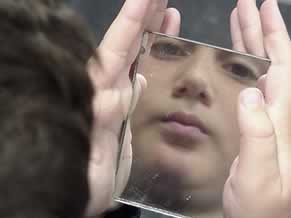

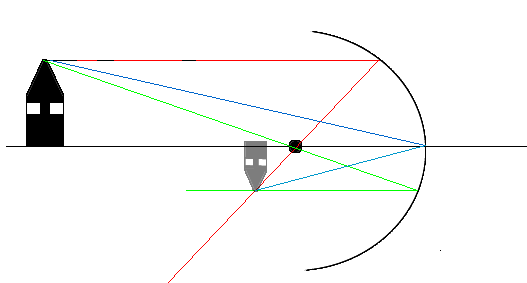
We can trace the image of a concave mirror by drawing 3 lines that originate from a point on the object and travel to the mirror, as shown on the right.
One line travels horizontal to the mirror and then through the focal point.
The second line travels through the focal point and then horizontal away from the mirror.
The third is reflected off the mirror at the centre.
For simplicity we only use two lines to trace out the image.
Lets see what happens to the image formed by a concave mirror as the object gets closer to the mirror. Click to see the animation.
Notice what happens when the object is close to the mirror so that it is inside the focal length.
Describe the image you see.
Is it virtual or real? Explain
When the object is inside the focal length where does the image appear, in front or behind the mirror?

Convex lenses produce virtual images. Images appear to come from inside the mirror.
To trace an image formed by a convex mirror trace out two rays.
First trace a ray that travels from the object to the mirror parallel to the normal. It is reflected from the mirror as if it originated from the focal point.Connect the reflected line to the focal point.
Next, draw a line that is reflected from the middle of the mirror where it intersects the normal. Trace the reflected line back behind the mirror.
Finally, draw the upright image where the two lines meet behind the mirror
1) Can the image formed by a convex mirror ever be magnified?
2) What happens to the image of an object that is moving away from a convex mirror?
3) What is the size of the image when the object is right up against a convex mirror?

4) Draw the image of the object on the left. Describe the image
Solution
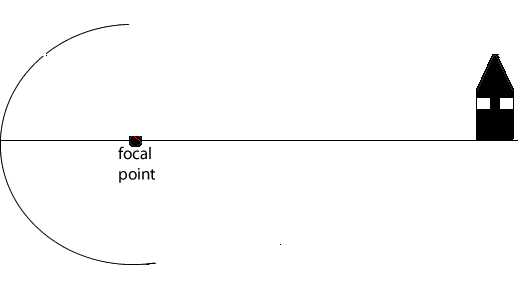
Solution
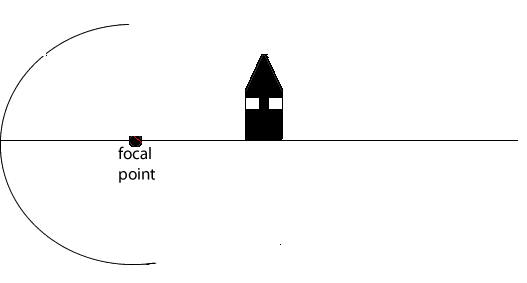
Solution
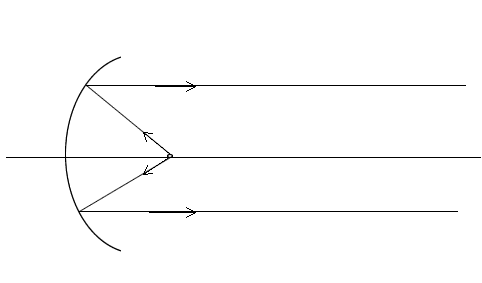
7) The illusion of the pig is formed with two concave mirrors. A small plastic pig is placed upright on the concave mirror resting on the table. A second concave mirror, with a hole in the middle is placed over the first concave mirror. An image of the pig protrudes through the hole.
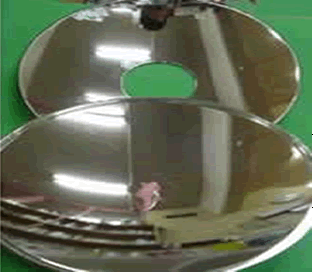

Explain how the upright image of the pig is formed. Click to see a hint.
Is this a virtual or real image?